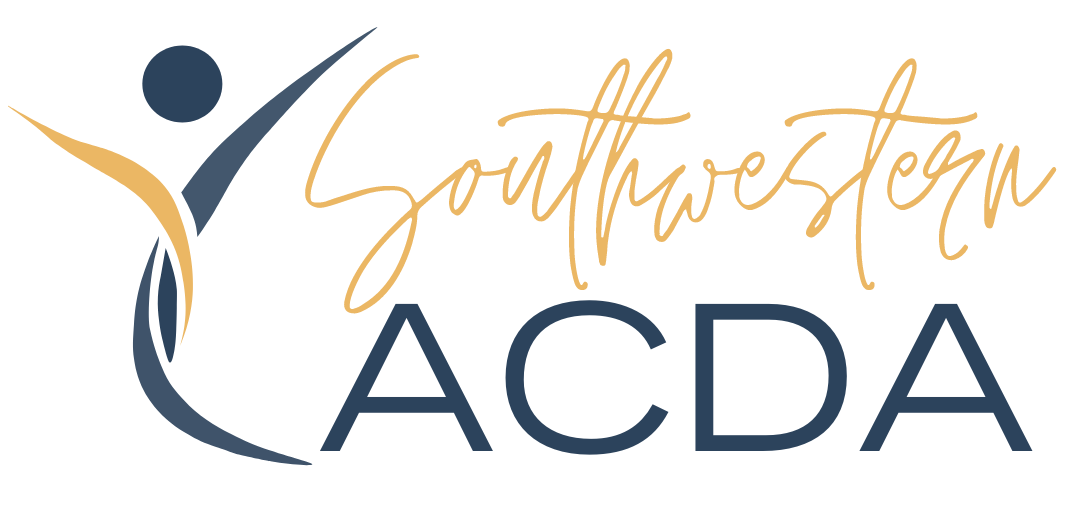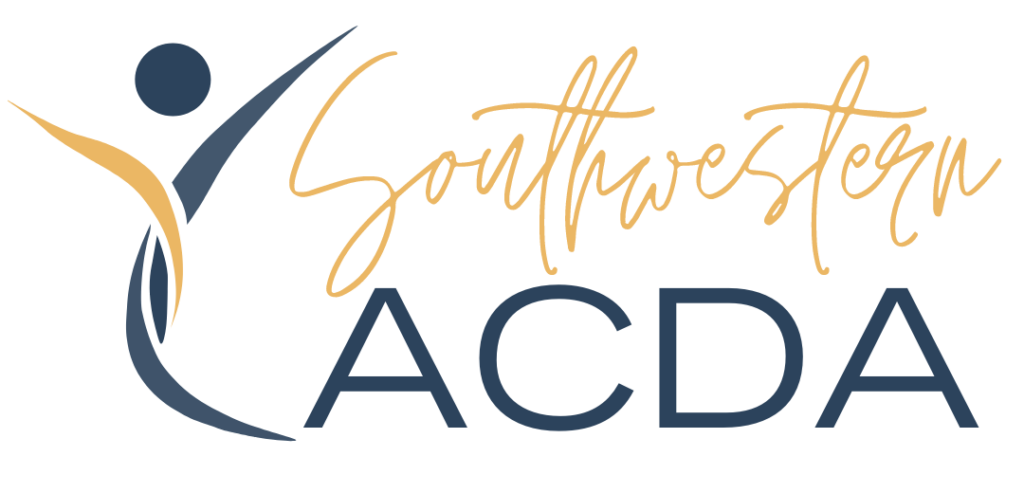Tatiana Taylor – 2-Year College R&R Chair
Fostering Choral Excellence and Community Impact at Two-Year Colleges
Two-year colleges are unique and face their own set of challenges. Our students are with us for a short amount of time and creating a dynamic choral culture can be challenging. I currently serve as the Director of Choirs and Vocal Music at a junior community college in the rural northeast corner of Oklahoma. The majority of my students are first-generation college students and when they enter my rehearsal room, most of them have never been taught to read music and are non-music majors. This article will explore ideas of how to build a choral culture and utilize repertoire to create community outreach in an environment that has a fast turn-over rate.
Building a choral culture
I found that in order to build a choral culture, I needed short-term and long-term goals and that is where having a vision and mission statement aided me tremendously. These two components focused my repertoire choices as well as the activities for my groups. Armed with these two statements I then carved time into choral retreats and/or rehearsals to discuss how the vision and mission statements would be explored through our repertoire and activities. This allowed for all of us to connect and work toward a common goal.
Choral culture is not just about the repertoire or accolades that a group or institutions accumulates. It is also about the singers having a place, a home on campus. Especially in the post-covid era, now more than ever, students are unsure of how to navigate social interactions. Depending on the size of the campus, they might feel lost and want to hide in the security of their dorm rooms, laptops, and phones. I realize that our jobs can be all-consuming at times. However, I have found that working with my choral officers to come up with monthly activities has been helpful to bring our ensemble together. These can be anything from having lunch together to participating in a school service project.
We have also worked together to create a physical space where anybody in our ensemble can come in and study or just hang out. In this space there are bean bags, small cubicles with blankets, outlets for their computers, tables, etc. Once the group begins to feel connected to each other, then they can work together to take that culture into the community.
Community outreach
Working in a small town, it quickly became apparent how important it was to find ways to make college music education relevant and accessible to the local community. Choral concerts could be beneficial for all parties involved with just a little grunt work and creativity.
Repertoire is a powerful tool when building rapport in your local community. Outreach has many faces: it can look like choosing repertoire that audiences might not be exposed to regularly and incorporating it into your concert lineup. It can also be choosing repertoire that highlights the musical traditions of the area. In this scenario it is also fun to incorporate members of the community to participate during the performance of these pieces.
Partnering with neighboring institutions whether it be local schools, churches or community choral groups and creating collaborative concerts is also another way to utilize repertoire as community outreach.
One of the projects we are working on is choosing one piece that we can send to all our area schools from elementary to high school, in which, students will be invited to participate in one of our upcoming concerts. Depending on your community and the type of students you have in that particular cycle, the outreach project will look different.
Conclusions
Whether students are with us for a semester or four years, the impact we have on their lives can be unequivocal. Through building a choral culture and community ties I have found that students have not only gained connectivity with each other but they also have tools that they can carry with them when they transfer to other schools and into their working lives. Even though there are some baseline things that work each semester, I also have to continually assess what worked in each cycle and be willing to change accordingly. That is why I am so thankful for this community of fellow educators, conductors and visionaries who I am constantly watching, learning from, and reaching out to when I find myself out of ideas. Thank you for allowing me to serve and share just a few thoughts and I hope to see you at the national conference.

